Toe Props:
– just look how many types there are! They can be made from Silicon, or felt, or various materials.
You may feel like you are swimming in an ocean of silicon, felt and ribbed sleeves when it comes to toe prop varieties.
We are often asked which devices would suit a particular foot type. It is important for our Podiatrists to assess the foot to determine which one to choose. Continue Reading


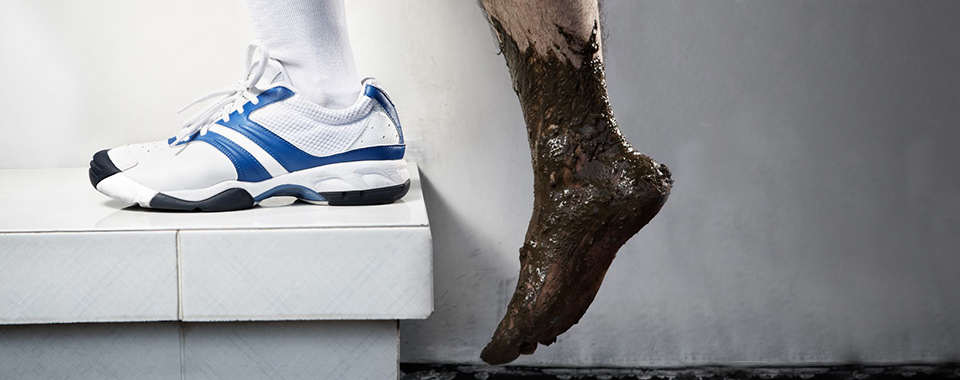 I attended a seminar with the Auckland branch of Sports Medicine NZ for an evening where practitioners shared their “Clinical Pearls”.
I attended a seminar with the Auckland branch of Sports Medicine NZ for an evening where practitioners shared their “Clinical Pearls”. 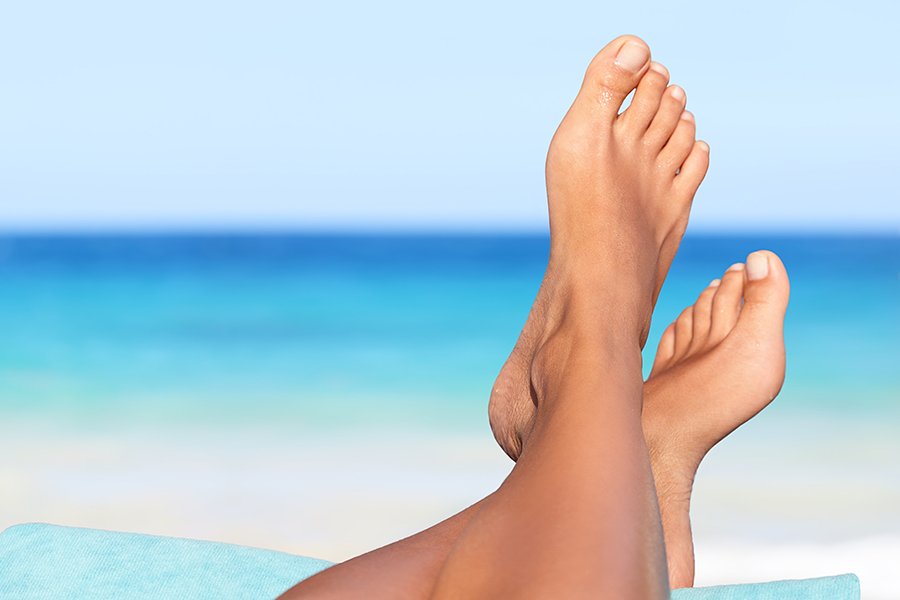
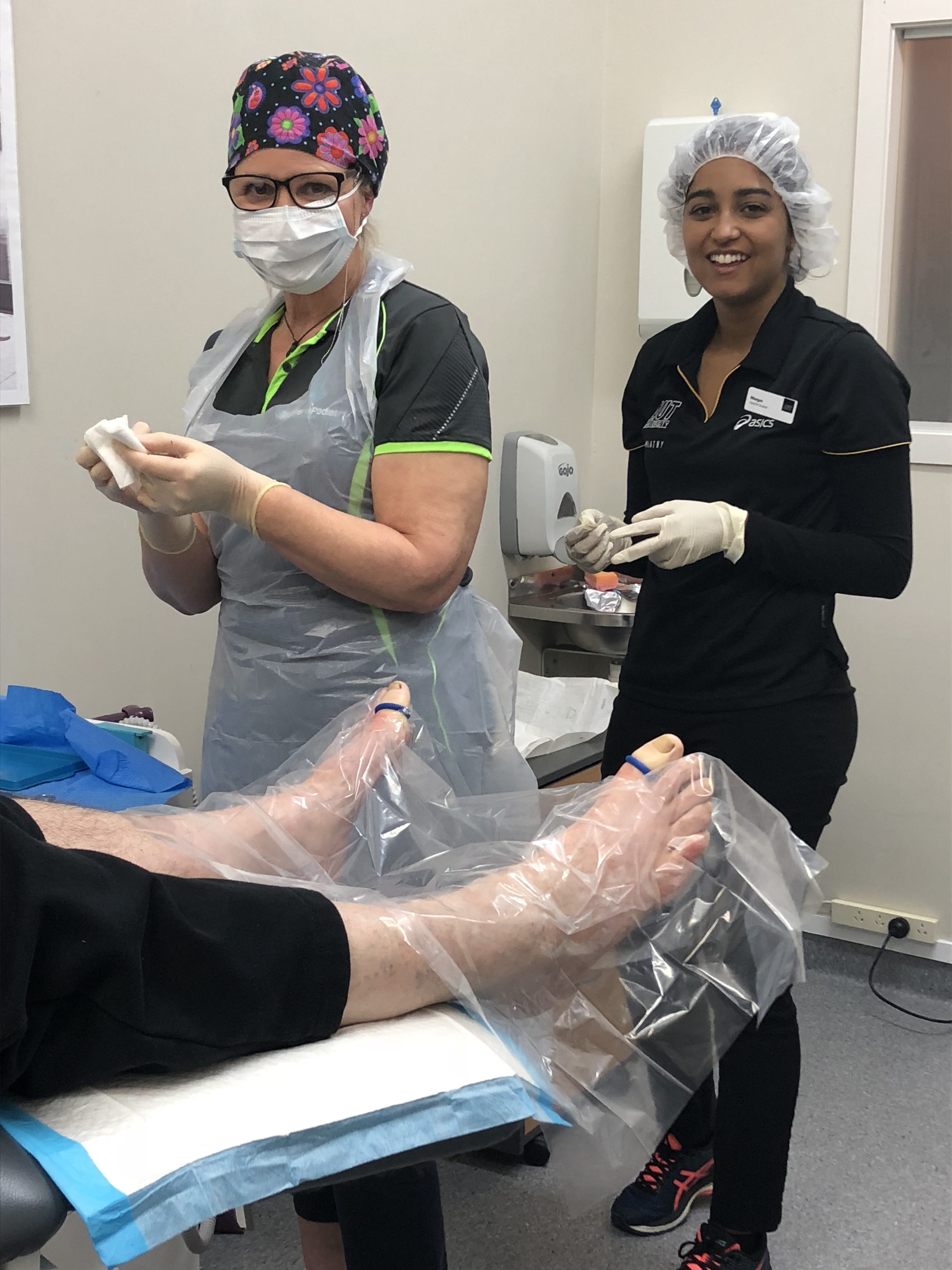
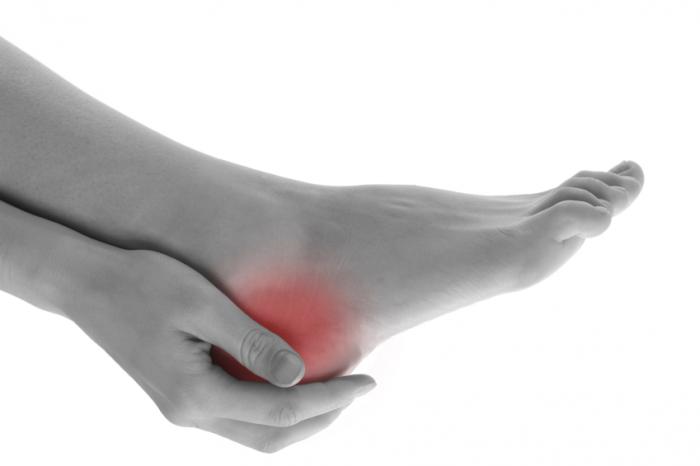
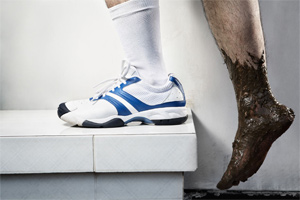 Heel pain is one of the most common conditions treated by podiatrists. It is often a message from the body that something is in need of medical attention. Pain that occurs right after an injury or early in an illness may play a protective role, often warning us about the damage we have suffered.
Heel pain is one of the most common conditions treated by podiatrists. It is often a message from the body that something is in need of medical attention. Pain that occurs right after an injury or early in an illness may play a protective role, often warning us about the damage we have suffered.